Nola aerugula
(Krulikovsky, 1904)
-
 Subfamily: Nolinae, Nolini
Subfamily: Nolinae, Nolini -
 Wingspan: 15-20 mm
Wingspan: 15-20 mm -
 Flight period: Jun - Aug
Flight period: Jun - Aug -
 Spread: Common
Spread: Common -
 Host plants: Betulaceae, Fabaceae, Rosaceae, Salicaceae
Host plants: Betulaceae, Fabaceae, Rosaceae, Salicaceae
Information
The Nola aerugula also called Scarce Black Arches is a moth of the Nolidae family with a wingspan of 15-20 mm.
It is found in almost all of Europe, with the exception of Portugal, Ireland, Iceland, Northern European Russia, Slovenia and Croatia.
Its range extends to the whole Palearctic eco-zone as far as Japan.
In Italy it is also present in the islands *.
The front wings of the Nola aerugula show very variable colors and designs. The base color can be gray, brown or almost white, with brown transverse bands.
There are also clear samples and high contrast drawing. The front wings are almost triangular with a rounded basal area, with the characteristic tufts of parallel raised scales
to the costa. A brown band is visible between the discal and postdiscal regions, parallel to the margin, almost up to the costa where it makes a clear indentation.
The outer edge has two narrow brown bands less marked than the previous one.
A poorly defined third band, sometimes dashed, is visible between the basal and discal regions. The costa varies in the colors of the various bands that cross it.
The hind wings are gray or brown. The body is cylindrical. The antennae are filamentous. **
Head and thorax are almost white, while the abdomen is usually brownish in color.
The Nola aerugula has a single generation, from June to August. ***
Males begin flying just before sunset, and can sometimes be seen in swarms looking for females.
It overwinters in the larva stage. The larvae can be found from August to June.
The caterpillar is brownish in color with two white lines on the top. It also has rows of yellow-orange or ground-colored tubercles.
from which both white and black hairs come out.
Pupation occurs in a cocoon which is on the ground or attached to the host plant just above the ground.
The larvae feed mainly on Trifolium (trifolgio) and Lotus corniculatus (gorse), but also on Betula (birch), Rosaceae, Salix (willow) and Populus (poplar).
* Lepidoptera mundi https://lepidoptera.eu/ - Fauna Europea https://fauna-eu.org/
** Bestimmungshilfe für die in Europa nachgewiesenen Schmetterlingsarten - http://lepiforum.de/
*** Roland Robineau, Guide de papillons nocturne de France, Delachaux et Niestlé, 2011 p. 162

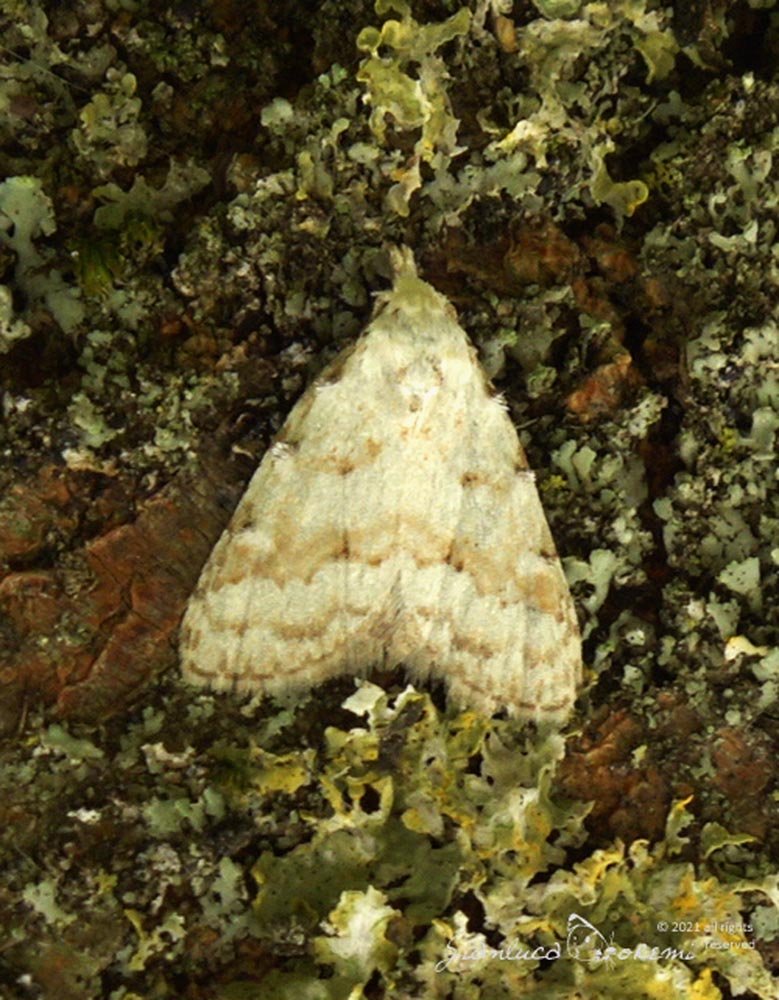
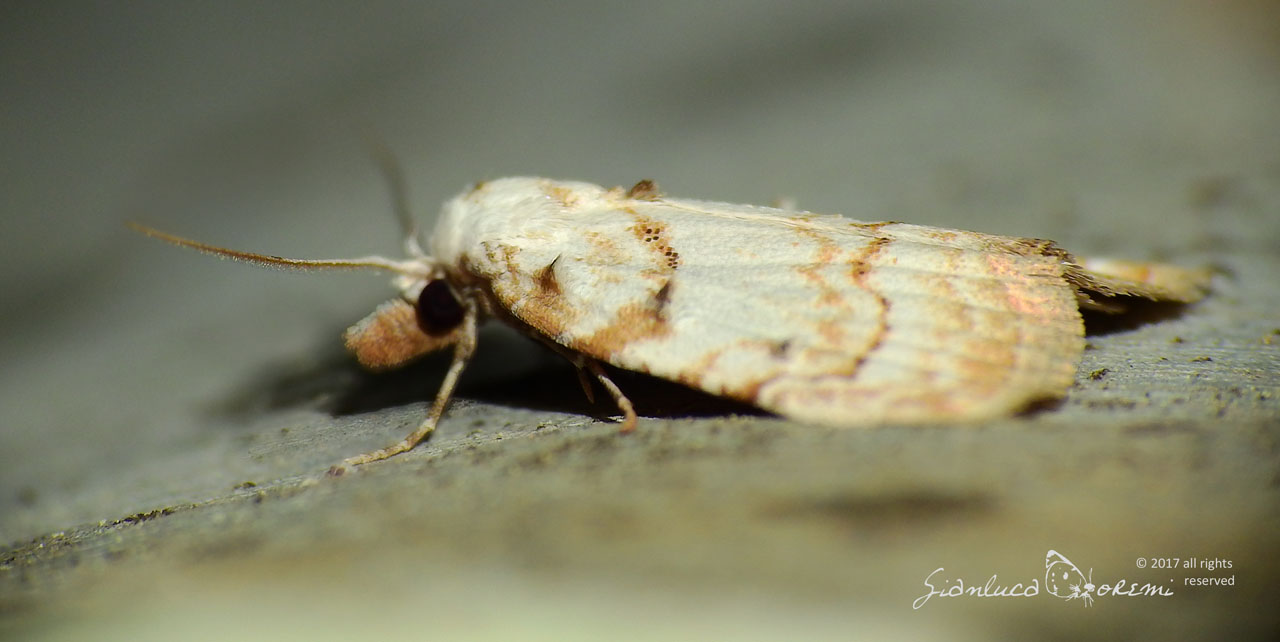


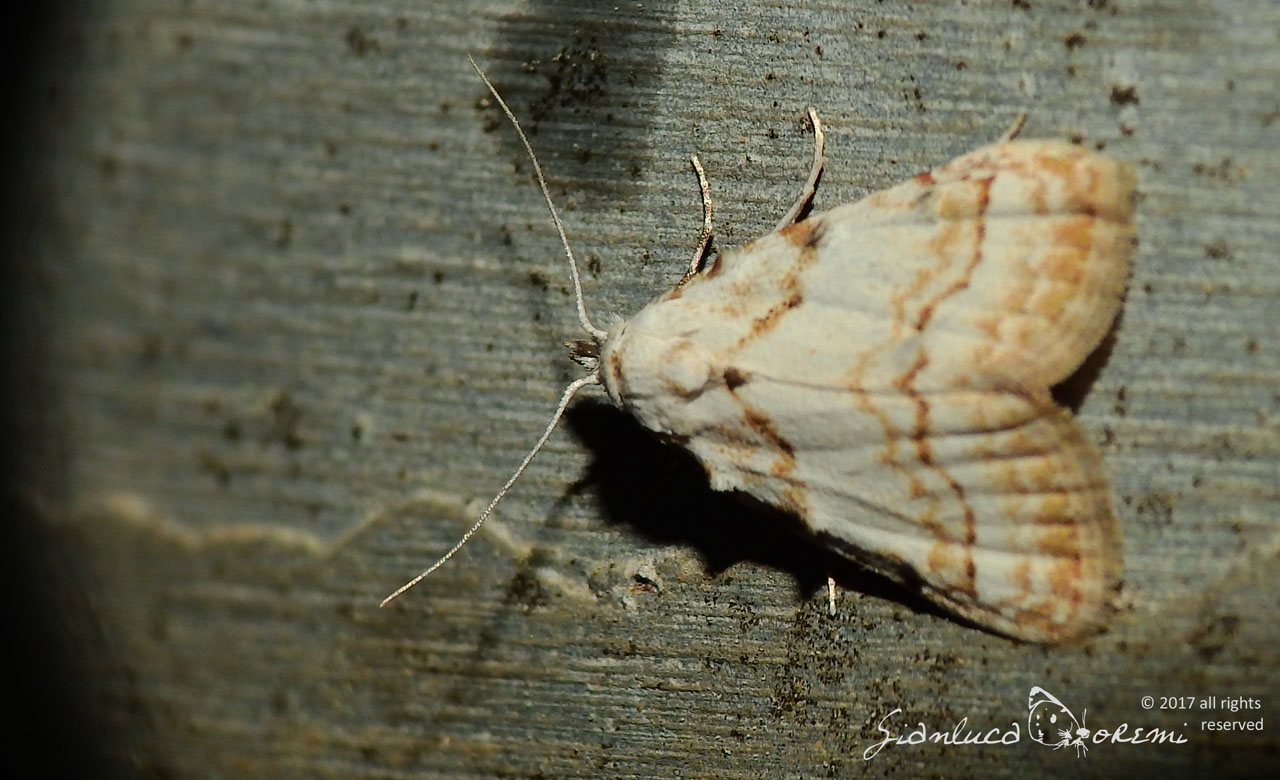
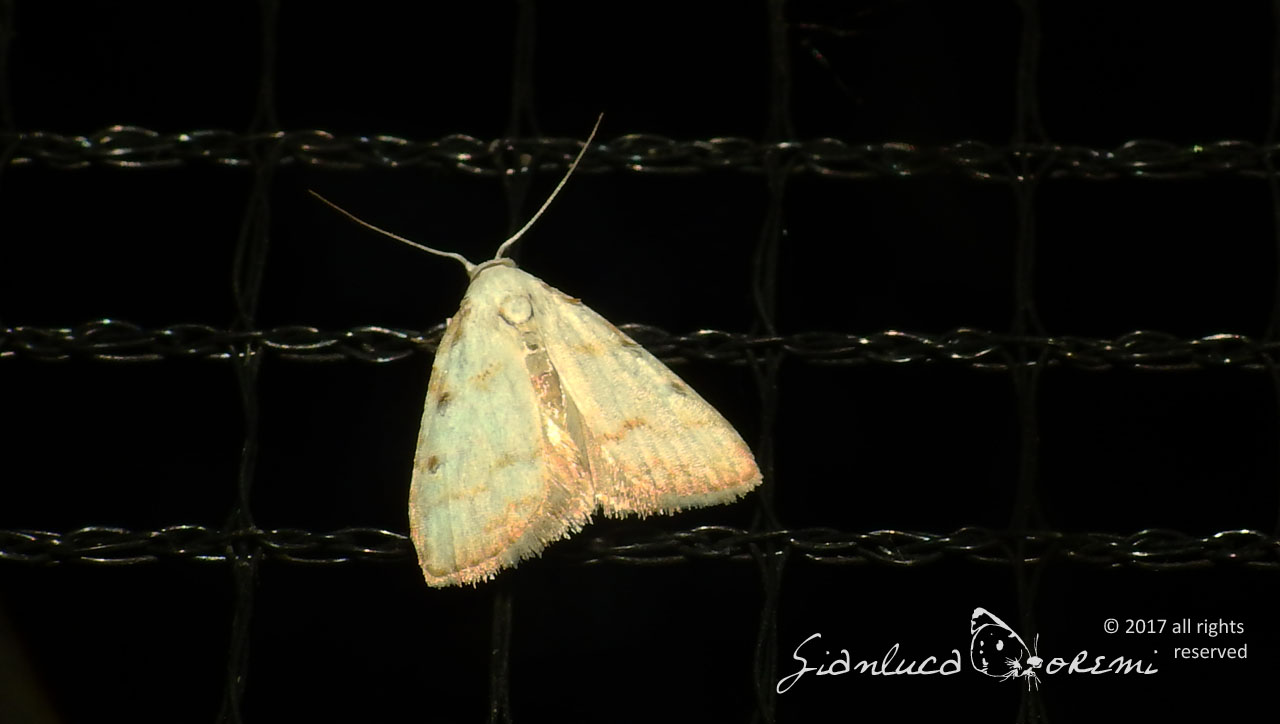
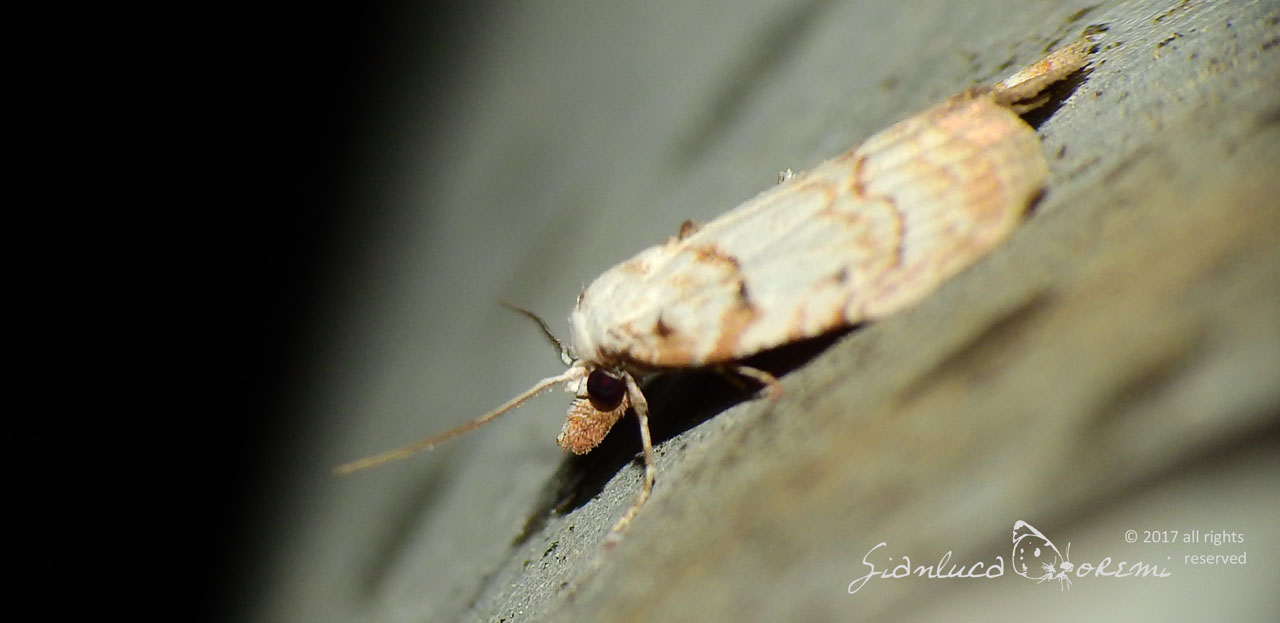

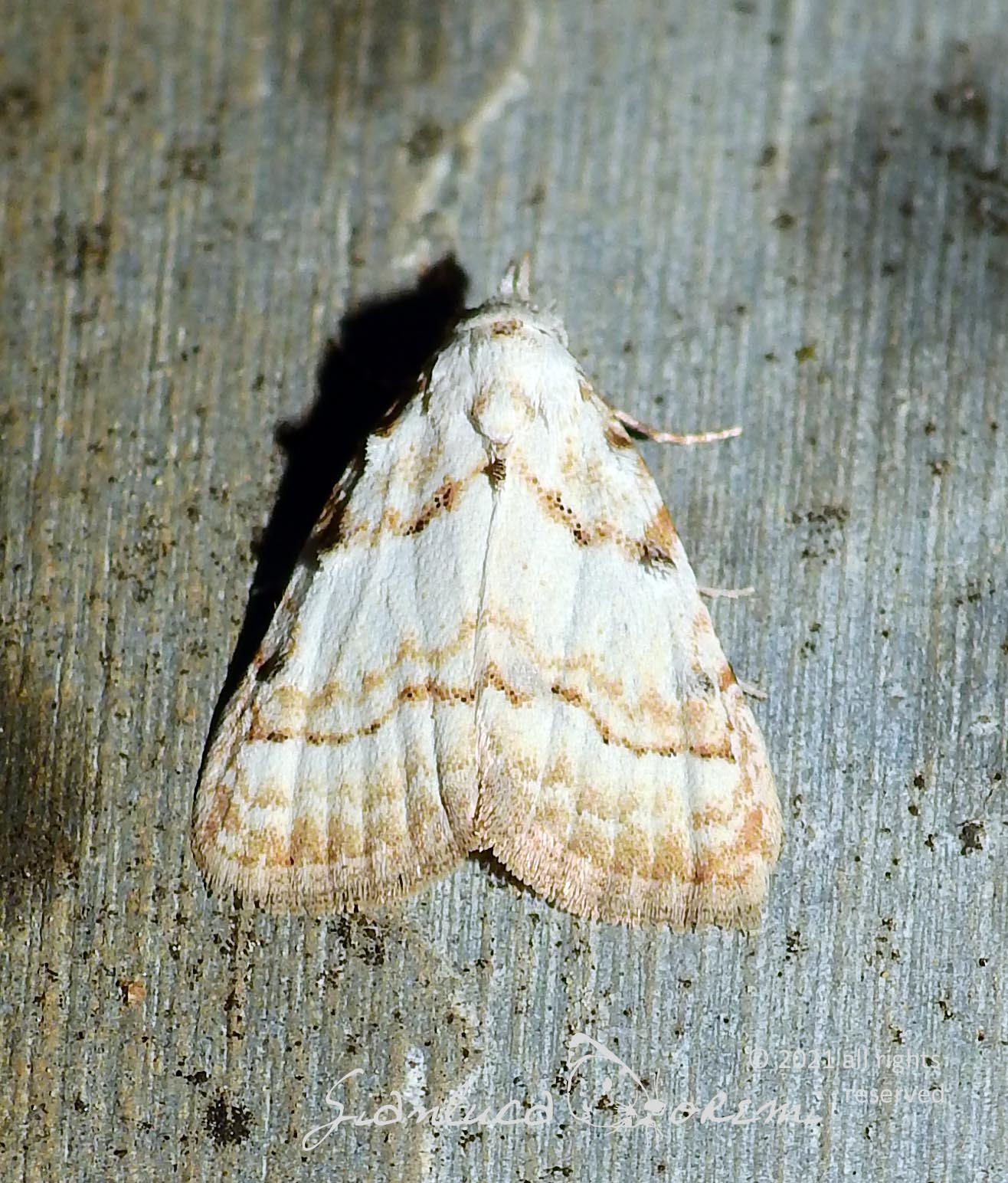
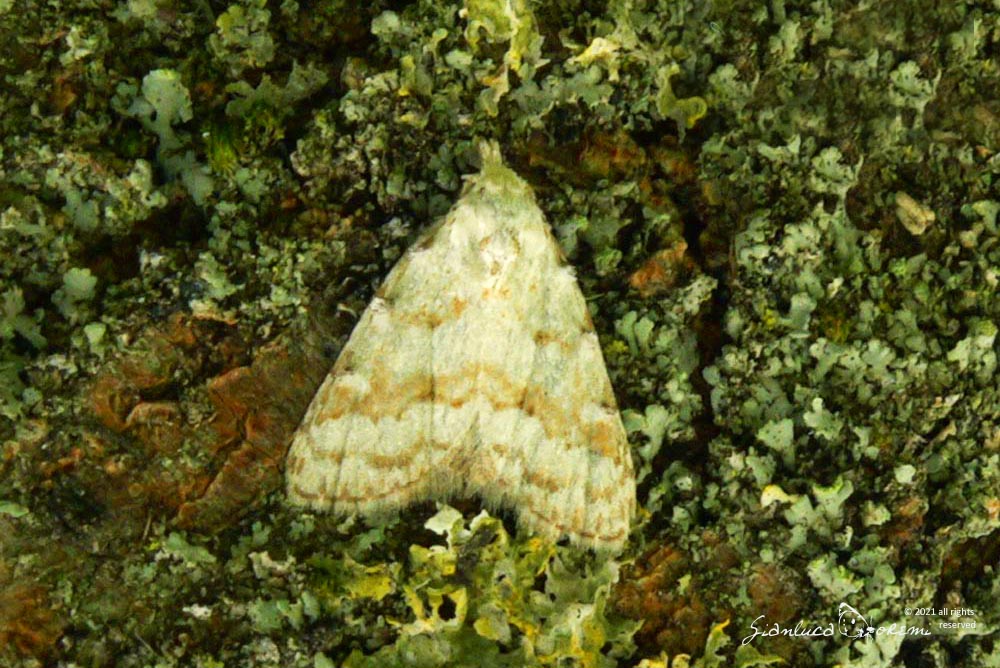

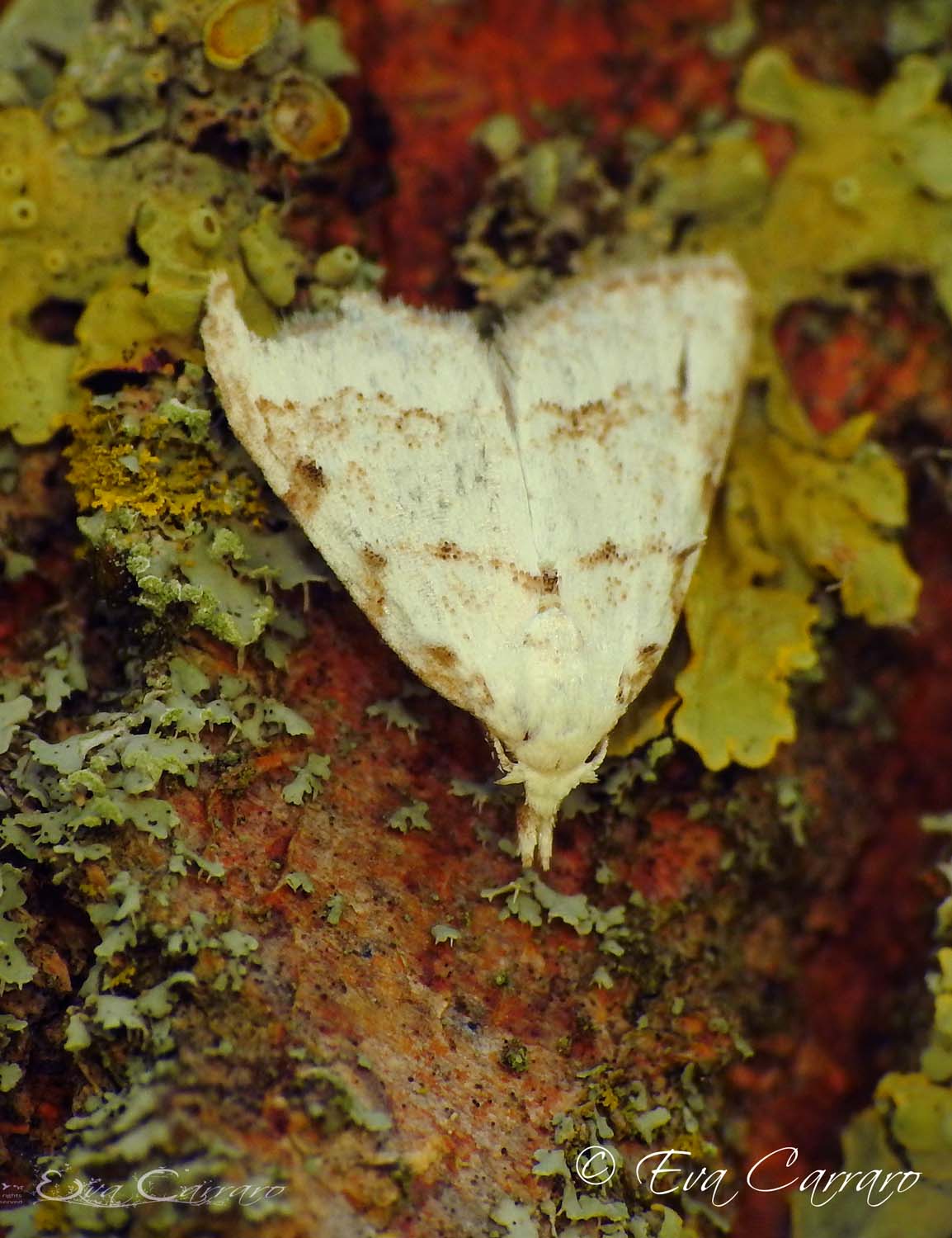
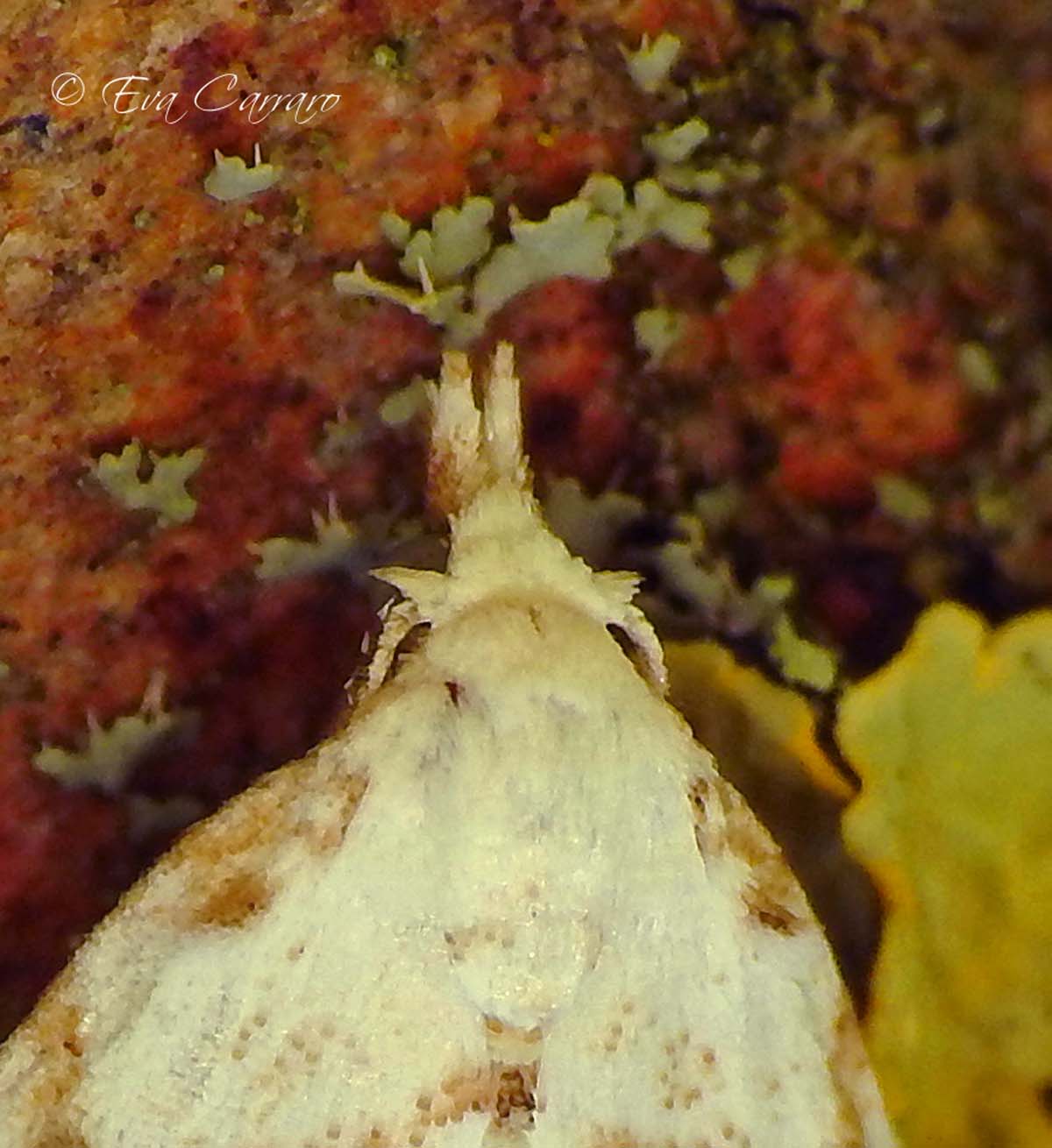
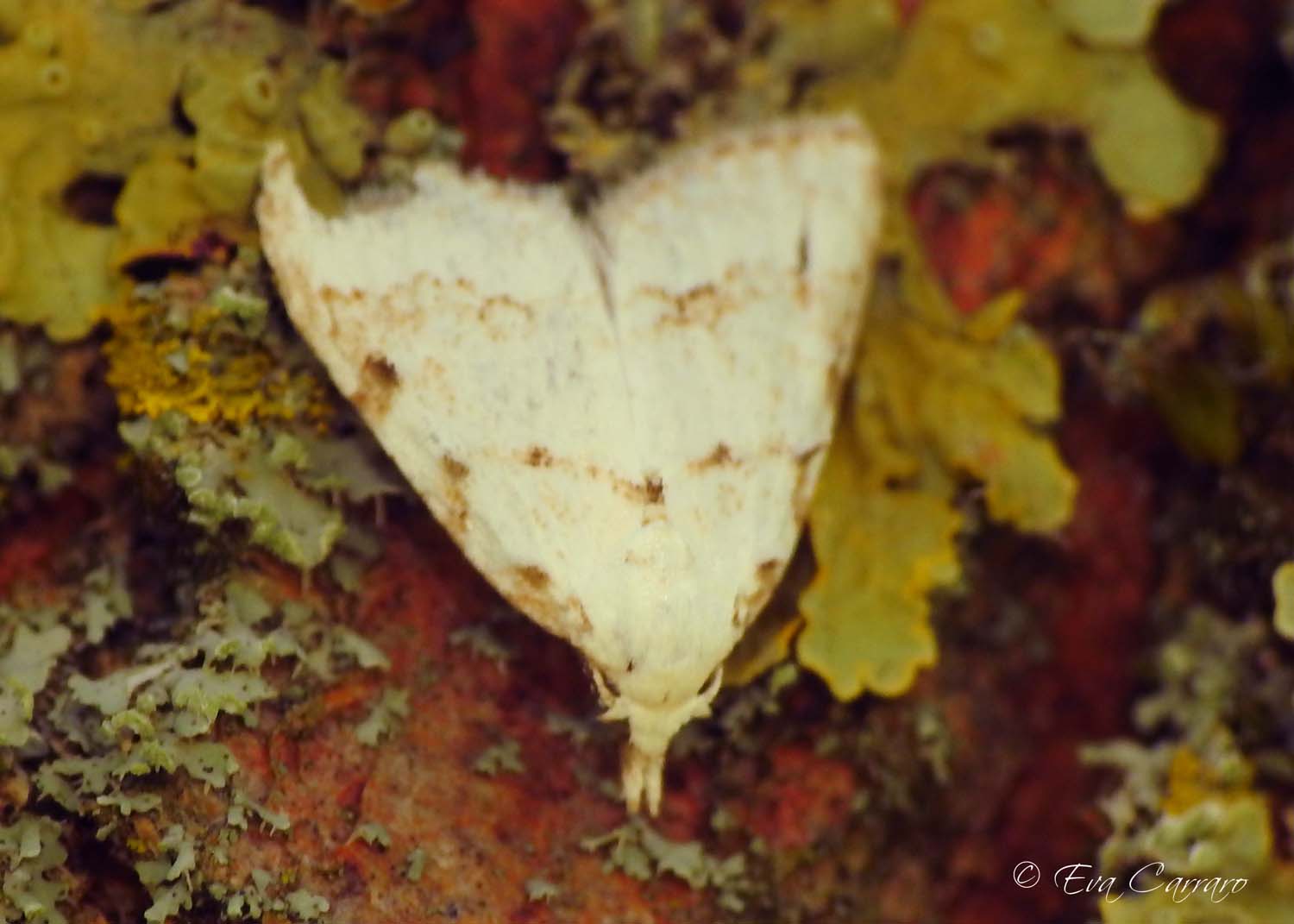

 EN
EN ITA
ITA
Social and publications